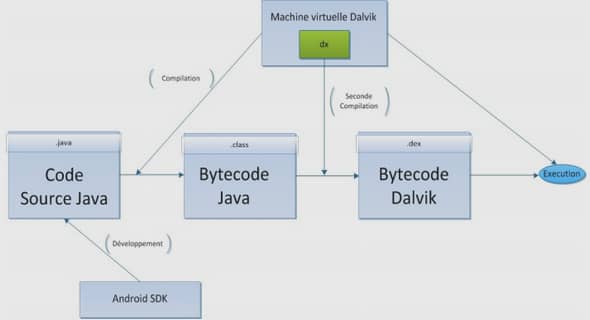Systematic Control Strategies
In this chapter the main results of this work are presented. A new, systematic and easy to implement gain-scheduled control strategy is proposed: the extended Loop Shaping Design Procedure (or e-LSDP). This method is based on the gain blending interpolation method and uses the McFarlane&Glover standard LSDP coupled with the gap metric theory in order to provide a gain-scheduled controller that takes into account the nonlinear dynamics variation as a function of the system’s operating conditions. This procedure is applied both to the Reichert and ARV benchmark examples to obtain a gain-scheduled autopilot; for both systems an exhaustive analysis is presented focusing on the features and advantages that this method presents over the ad-hoc ones analyzed in the previous chapter. (the ‘Reichert’ missile model and the atmospheric re-entry vehicle) introduced in Chapter 4, will be presented. This method is the gain blending method detailed in Section 1.3.2.7 and is coupled with the Hods are complexity and lack of performance-robustness. Complexity results from two factors: relatively high-order LTI controllers to be interpolated and unknown number of synthesis points required in order to obtain a good coverage of the system’s operating domain. Lack of performance results from the interpolation strategy chosen (see for example control transients from the controller blending method) and from the number of synthesis points considered, whereas lack of robustness results from the absence of a systematic/general way to take into account uncertainty in the feedback loop of the gain-scheduled controller.
The solution of these problems is not easy; to the author’s opinion, one Solution straightforward way to treat complexity is by selecting simple to tune yet per- forming controllers such as PID in order to obtain a basic compensation of the nonlinear system at a relatively small number of synthesis points (e.g. using the corners of the flight envelope or an intuitive selection like in the previous chap- ter). By interpolating the gains of such controllers an acceptable compensation is taken as a basis, in order to compute an additional number of synthesis points where simple enough static H controllers capture the nonlinearity of the system by the use of the notion of the gap metric as it will be shown in this chapter. Thus, they correct in a way the somewhat ‘ad hoc’ loop shaping of the PID controllers since they act on the control signal components and are after- wards interpolated using a triangulation of the system’s operating domain. In order to show in fact this amelioration, the ‘ad hoc’ controllers are compared to the combination of these loop shaping controllers and the additional Hones.The control strategy proposed is applied to the control of the ‘Reichert’ mis-sile benchmark and to the ARV provided by the EADS foundation. It is clear that the work presented here corresponds to the three last steps of the LBGS procedure detailed in Section 1.3.1; namely to the LTI Controller Synthesis,, whereas the second is devoted to the missile where the same control strategy is adapted with slight modifications (due to the different control objectives).
The e-LSDP (extended-Loop Shaping Design Procedure) devised in this work is based on the standard one of Section 3.3.2 and is used to compute a global gain- scheduled controller for a nonlinear parameter-dependent plant. It incorporates not only the LTI controller synthesis phase of Section 1.3.1 but also a systematic way of choosing the operating points where this synthesis will occur. Step 2 – Operating Point Algorithm. Given that a simple linear interpolation of the f -PID controllers is not sufficient as it will be seen in Section 6.2.3, an additional number of controllers should be used in order to treat the variation of the nonlinear dynamics of the vehicle. A variation indicator is the undamped natural frequency of the complex conjugate poles of the linearized plant for every value of the scheduling vector ̺ = [α M ]Step 2 – Operating Point Algorithm. Given that a simple linear interpolation of the f -PID controllers is not sufficient as it will be seen in Section 6.2.3, an additional number of controllers should be used in order to treat the variation of the nonlinear dynamics of the vehicle. A variation indicator is the undamped natural frequency of the complex conjugate poles of the linearized plant for every value of the scheduling vector ̺ = [α M ].


